Valve Amplifiers vs Solid-State Amplifiers
Valve Amplifiers into Sonic Behavior
Audio amplification plays a central role in sound reproduction across home systems, recording studios, and live performance setups. Two primary technologies dominate this space, valve amplifiers, also known as tube amplifiers, and solid-state amplifiers. Each relies on a fundamentally different method to increase the strength of audio signals. Valve amplifiers use vacuum tubes to modulate electron flow within sealed glass enclosures, while solid-state amplifiers employ transistors made from semiconductor materials. The debate between these two formats has persisted for decades, driven by differences in tonal character, technical behavior, and user experience.
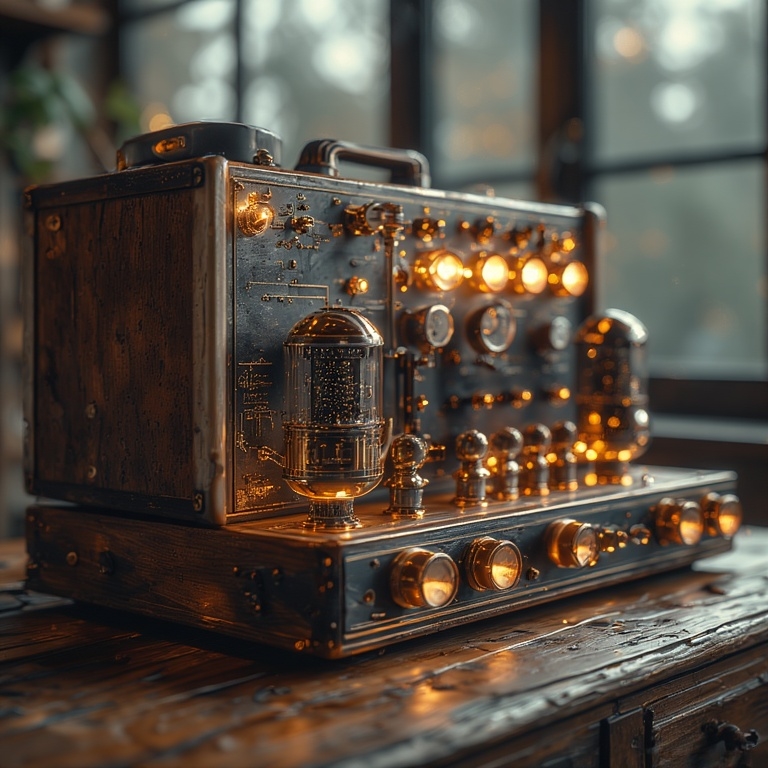
What Is an Amplifier
An amplifier is an electronic device that increases the amplitude of an incoming signal, making it strong enough to drive loudspeakers or headphones. It does not generate sound on its own but boosts the electrical signal from a source such as a turntable, digital interface, or microphone preamp. Amplifiers are rated by their power output, typically measured in watts, which determines how much volume they can produce without distortion. They also have input sensitivity, gain structure, and impedance characteristics that affect how they interact with other components in the signal chain.
The primary objective of any amplifier is to reproduce sound accurately while maintaining signal integrity. Amplifiers can be standalone units, integrated into receivers, or built into active speaker systems. The internal architecture—whether based on vacuum tubes or transistors—has a significant impact on how the amplifier behaves under load and how it colors the sound. Understanding amplification begins with grasping the concepts of voltage gain, current delivery, and load matching.
How Valve Amplifiers Work
Valve amplifiers operate using vacuum tubes that control the flow of electrons between a cathode and an anode inside a sealed glass envelope. When the cathode is heated, it emits electrons that are attracted to the positively charged anode. A control grid placed between them modulates this flow, allowing small input signals to control larger output currents. This process results in signal amplification. Valve amplifiers typically run at high voltages and require output transformers to match the impedance between the tubes and the speakers.
The tubes themselves are nonlinear devices, meaning they introduce harmonic distortion as part of their operation. This distortion is often described as warm or musical due to the predominance of even-order harmonics. Valve amplifiers also exhibit soft clipping when pushed beyond their limits, which results in a gradual and sonically pleasing form of distortion. However, tubes degrade over time and must be replaced periodically. They also generate significant heat and require careful biasing to maintain performance. Despite these limitations, many listeners prefer the sonic character of valve amplification for its emotional depth and tonal richness.
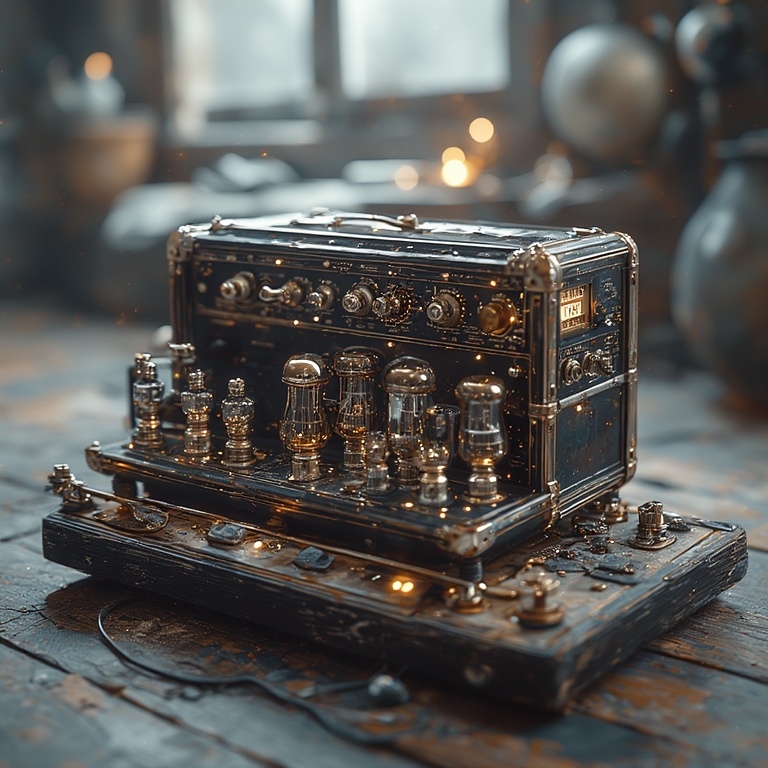
How Solid-State Amplifiers Work
Solid-state amplifiers use transistors to amplify audio signals. Transistors are semiconductor devices that control current flow through junctions made of materials such as silicon. Unlike vacuum tubes, transistors do not require heating elements and operate efficiently at lower voltages.
Solid-state amplifiers can be designed in various topologies, including Class A, Class AB, and Class D, each with different trade-offs in efficiency and distortion. These amplifiers are known for their linear response and low harmonic distortion, which makes them ideal for applications requiring high fidelity and accuracy. Solid-state designs often incorporate negative feedback loops to stabilize performance and reduce distortion.
They are more compact, durable, and energy-efficient than valve amplifiers, making them suitable for portable and professional use. Solid-state amplifiers also respond quickly to transients and maintain consistent voltage under load, which contributes to tight bass and precise imaging. Maintenance requirements are minimal, and most units can operate reliably for decades. The sonic character of solid-state amplification is often described as clean, neutral, and transparent.
Harmonic Distortion Profiles
Harmonic distortion refers to the presence of additional frequencies in the output signal that were not present in the original input. Valve amplifiers tend to produce even-order harmonics, which are musically related to the fundamental frequency and perceived as warm or pleasing. This type of distortion adds depth and character to the sound, especially in midrange frequencies.
Solid-state amplifiers, on the other hand, often generate odd-order harmonics when pushed beyond their linear range. These harmonics can sound harsher or more metallic, depending on the circuit design and feedback implementation. The way an amplifier clips—whether gradually or abruptly—also affects its harmonic profile.
Valve amplifiers exhibit soft clipping, which smooths out transients and adds a natural compression effect. Solid-state amplifiers typically clip hard, resulting in a more aggressive and less forgiving distortion. Total harmonic distortion (THD) is a measurable parameter, but it does not fully capture the subjective impact of harmonic behavior. Spectral analysis and listening tests provide a more complete picture of how distortion affects sound quality.
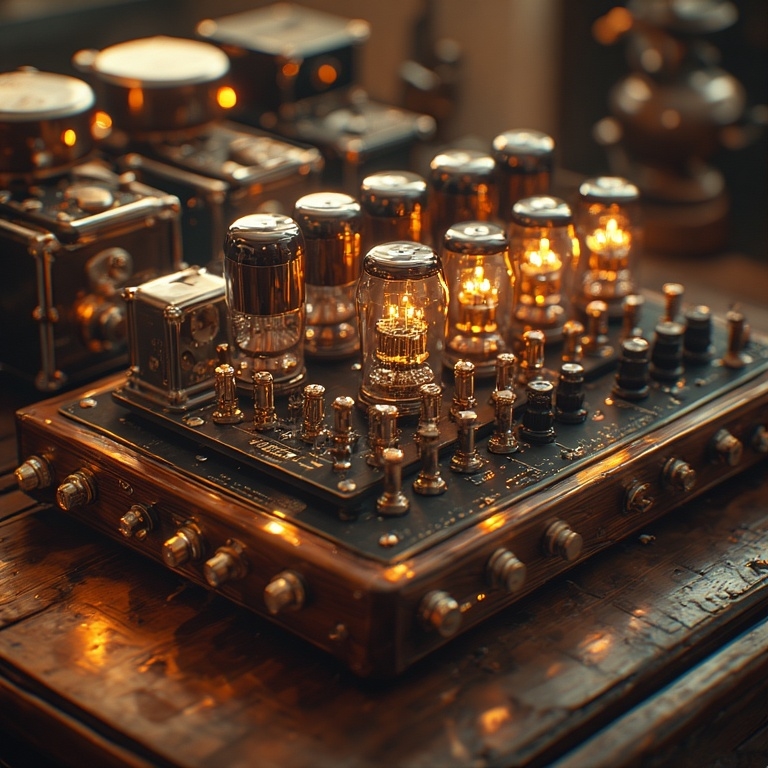
Dynamic Range and Headroom
Dynamic range refers to the span between the quietest and loudest signals an amplifier can reproduce without introducing distortion. Headroom is the extra capacity above typical operating levels that allows an amplifier to handle sudden peaks without clipping. Valve amplifiers often exhibit generous headroom due to their soft clipping characteristics, which allow them to handle transients more gracefully. This behavior is especially beneficial in musical contexts where dynamic nuance is critical. Solid-state amplifiers typically offer wider dynamic range in terms of measurable decibels, but their hard clipping can make overloads sound abrupt and harsh.
The design of the power supply, biasing method, and thermal management all influence how much headroom an amplifier can sustain. Valve designs may introduce voltage sag under heavy load, which can compress dynamics in a musically pleasing way. Solid-state designs maintain voltage stability, preserving the full dynamic envelope of the signal. The choice between these two formats depends on whether the listener prioritizes emotional softness or technical precision. Both types can deliver excellent dynamic performance when properly matched to the source and speakers.
Frequency Response and Tonal Balance
Frequency response describes how evenly an amplifier reproduces audio across the audible spectrum, typically from 20 Hz to 20 kHz. Valve amplifiers may exhibit slight roll-off at the frequency extremes, especially in older or minimalist designs. This can result in softened treble and rounded bass, contributing to the perception of warmth. Solid-state amplifiers generally maintain a flat frequency response across the full range, ensuring that all frequencies are reproduced with equal emphasis.
This neutrality is ideal for applications requiring tonal accuracy, such as studio monitoring or analytical listening. The frequency response of any amplifier is shaped by its circuit topology, component selection, and feedback implementation. Capacitors, resistors, and transformers all play a role in shaping the tonal output. Valve amplifiers often emphasize midrange frequencies, enhancing vocal presence and instrument body.
Solid-state amplifiers deliver extended highs and tight lows, which can improve clarity and spatial definition. Measuring frequency response with test tones and analyzers provides objective data, but listening tests reveal how tonal balance affects emotional engagement and realism.
Transient Response and Attack
Transients are short, high-energy bursts in sound, such as drum hits, plucked strings, or consonants in speech. An amplifier’s ability to reproduce transients accurately affects clarity, punch, and realism. Solid-state amplifiers excel in transient response due to their fast switching speeds and low internal resistance. They deliver sharp attacks, tight bass, and crisp detail, making them ideal for genres that rely on rhythmic precision.
Valve amplifiers respond more slowly, smoothing transients and adding a bloom or halo around the initial attack. This creates a more relaxed and organic feel, especially in acoustic or vocal-heavy music. Transient behavior is influenced by slew rate, damping factor, and the stiffness of the power supply. Solid-state designs often feature high slew rates, enabling rapid voltage changes that preserve the shape of transients. Valve designs may introduce overshoot or sag, subtly reshaping the envelope of the sound. The choice between these formats affects how rhythm, articulation, and emotional impact are conveyed in playback.
Impedance Matching and Load Behavior
Speakers present a varying electrical load to amplifiers, typically measured in ohms. Valve amplifiers use output transformers to match the high impedance of vacuum tubes to the lower impedance of loudspeakers. This adds complexity but allows for flexible matching across different speaker types. Solid-state amplifiers connect directly to speakers and rely on circuit design to handle impedance variations. Impedance mismatch can lead to reduced power output, tonal imbalance, or increased distortion. Valve amplifiers are more sensitive to speaker impedance and may require careful pairing to achieve optimal performance.
Solid-state amplifiers are generally more tolerant of load changes and can drive a wider range of speakers without issue. The damping factor, which describes the amplifier’s control over speaker motion, is typically higher in solid-state designs. This results in tighter bass and more precise transient control. Valve amplifiers, with their lower damping factor, may allow for more natural decay and resonance. Understanding impedance behavior is essential when designing or optimizing a sound system.
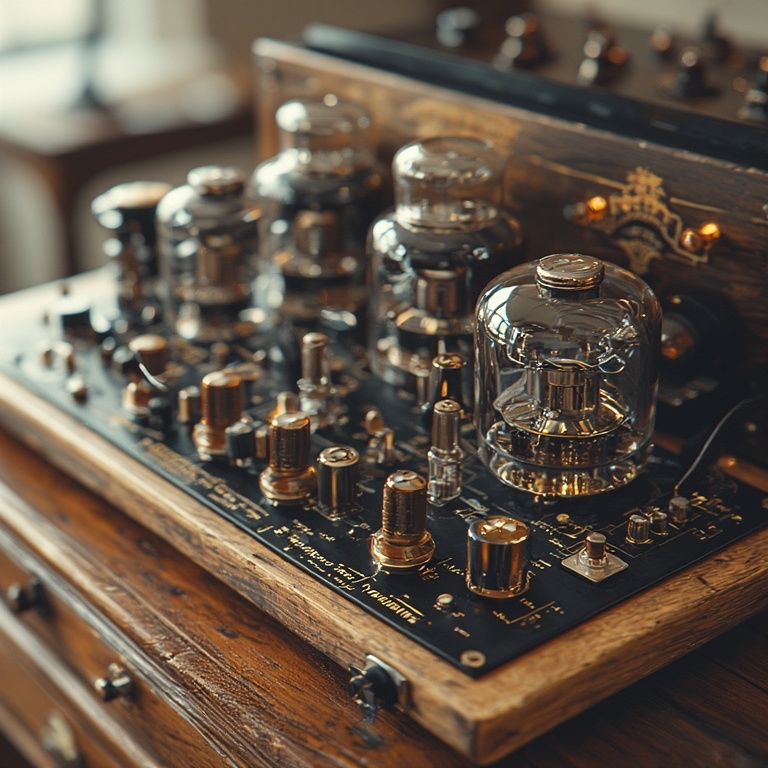
Thermal Behavior and Reliability
Thermal management is a critical factor in amplifier performance and longevity. Valve amplifiers generate significant heat due to the need to heat cathodes and maintain high operating voltages. This heat must be dissipated through ventilation, heat sinks, or external cooling systems. Over time, thermal stress can degrade components and affect performance consistency. Tubes themselves have a limited lifespan and must be replaced periodically to maintain sonic integrity.
Solid-state amplifiers are more thermally efficient and produce less heat under normal operating conditions. They use transistors that do not require heating elements and can be cooled passively or with minimal airflow. This contributes to their long-term reliability and low maintenance requirements. Thermal behavior also affects bias stability, distortion levels, and power output. Valve amplifiers may exhibit drift as they warm up, requiring recalibration or manual bias adjustment. Solid-state designs maintain consistent performance across a wide temperature range. For users seeking durability and minimal upkeep, solid-state technology offers clear advantages.
Signal-to-Noise Ratio and Background Clarity
Signal-to-noise ratio (SNR) measures the level of the desired audio signal relative to background noise. A higher SNR indicates cleaner playback with less hiss, hum, or interference. Solid-state amplifiers typically achieve higher SNR values due to their low-noise components and efficient circuit layouts. This makes them ideal for applications where background clarity is critical, such as mastering or archival playback. Valve amplifiers may introduce more noise due to tube microphonics, heater hum, and transformer coupling. However, this noise is often masked by musical content and may not be perceptible in casual listening.
The subjective impact of noise depends on genre, volume level, and listening environment. Shielding, grounding, and layout design all influence SNR performance. Solid-state designs benefit from compact, integrated circuits that minimize interference paths. Valve designs require careful physical separation and shielding to reduce noise. While both formats can deliver acceptable SNR for most applications, solid-state amplifiers offer superior background clarity in demanding contexts.
Build Quality and Component Selection
The physical construction of an amplifier influences its durability, sonic behavior, and long-term reliability. Valve amplifiers often feature point-to-point wiring, large transformers, and hand-soldered components. These elements contribute to a robust build but also increase manufacturing complexity and cost. The vacuum tubes themselves are fragile and require protective enclosures or cages to prevent damage. Solid-state amplifiers use printed circuit boards (PCBs) and surface-mount components, allowing for compact and consistent assembly.
This approach supports mass production and modular repairability. The choice of capacitors, resistors, and shielding materials affects noise levels, transient response, and tonal coloration. Valve designs may include boutique components chosen for their sonic character, while solid-state designs prioritize precision and stability. Chassis materials, ventilation design, and connector quality also play a role in performance. A well-built amplifier maintains consistent output across temperature fluctuations and mechanical stress. Whether hand-crafted or machine-assembled, build quality reflects the designer’s priorities and the amplifier’s intended use case.
Maintenance and Longevity
Maintenance requirements vary significantly between valve and solid-state amplifiers. Valve amplifiers require periodic tube replacement, bias adjustment, and inspection for heat-related wear. Tubes degrade over time due to filament fatigue and cathode poisoning, which can alter tonal balance and introduce noise. Users must monitor tube health and replace matched sets to preserve sonic integrity. Solid-state amplifiers, by contrast, are largely maintenance-free. Their transistors and integrated circuits are designed for long-term stability and rarely require servicing.
Cooling systems, such as heat sinks and fans, may need occasional cleaning to prevent thermal buildup. Capacitors in both formats can degrade over decades, especially in high-voltage circuits. Preventive maintenance includes checking solder joints, inspecting connectors, and verifying voltage rails. Valve amplifiers benefit from routine calibration, while solid-state units often include self-monitoring diagnostics. For users seeking minimal upkeep, solid-state designs offer clear advantages. However, some enthusiasts embrace the ritual of maintaining valve gear as part of the listening experience.
Cultural Symbolism and Aesthetic Appeal
Valve amplifiers carry strong cultural symbolism rooted in the history of audio engineering and musical performance. Their glowing tubes, exposed transformers, and vintage styling evoke nostalgia and craftsmanship. Many listeners associate valve sound with warmth, intimacy, and emotional depth. Solid-state amplifiers represent modernity, precision, and technological advancement. Their sleek enclosures and minimalist interfaces reflect contemporary design values.
The aesthetic appeal of each format influences user perception and emotional engagement. Valve amplifiers often become visual centerpieces in listening rooms, while solid-state units blend into studio racks or home setups. The symbolism extends to genre associations: jazz, classical, and blues are often linked to valve gear, while electronic, pop, and film scoring favor solid-state clarity. These associations are not technical requirements but cultural patterns shaped by decades of use and marketing. Understanding the aesthetic and symbolic dimensions of amplifier design helps contextualize user preferences and editorial storytelling.
Use Cases and Application Matching
Choosing between valve and solid-state amplification depends on the intended application and listening goals. Valve amplifiers excel in low to moderate volume environments where tonal richness and harmonic complexity are prioritized. They are favored in home hi-fi setups, boutique recording studios, and acoustic performance spaces. Solid-state amplifiers dominate in high-power applications, such as live sound reinforcement, professional monitoring, and multi-channel home theater systems. Their efficiency, reliability, and linearity make them suitable for demanding environments.
Hybrid designs also exist, combining valve preamps with solid-state power stages to blend tonal warmth with dynamic control. Matching amplifier type to speaker sensitivity, room acoustics, and musical genre ensures optimal performance. Editorial workflows may also benefit from understanding these distinctions when curating gear lists, writing reviews, or designing symbolic motifs. The choice is not binary but contextual, shaped by technical needs and emotional resonance.
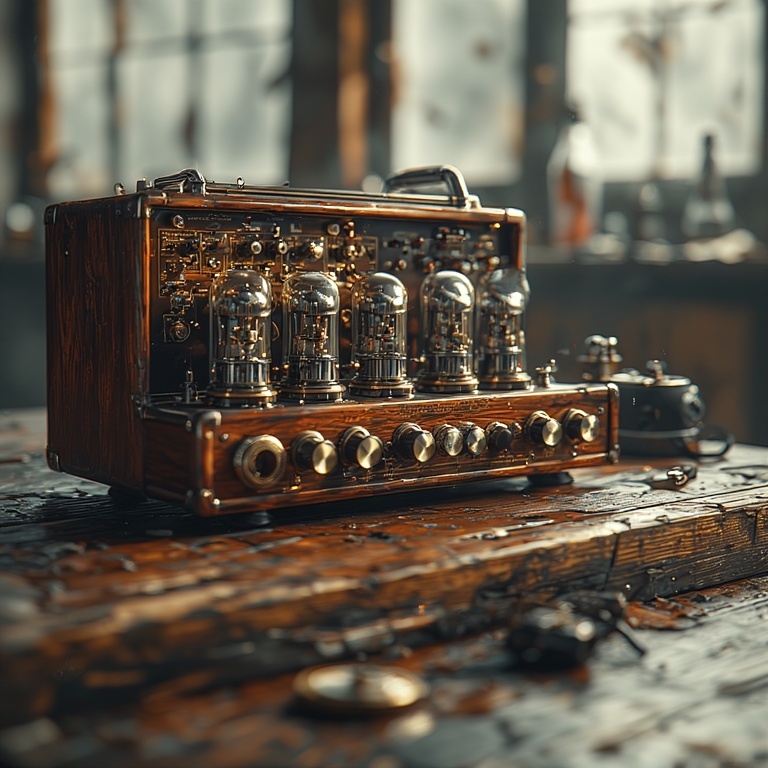
Environmental Impact and Energy Efficiency
Energy consumption and material sourcing are important considerations in amplifier design. Valve amplifiers consume more power due to their high-voltage operation and continuous tube heating. This results in greater heat output and lower energy efficiency. Solid-state amplifiers are more environmentally friendly, using less power and generating less waste heat. Class D solid-state designs are especially efficient, converting over 90 percent of input power into usable output.
Component sourcing also affects environmental footprint. Tubes require rare metals and glass manufacturing, while transistors use silicon and other semiconductors. Recycling and disposal practices vary by region and manufacturer. Users concerned with sustainability may prefer solid-state designs for their lower energy use and longer lifespan. Editorial coverage of audio gear can include environmental metrics to support informed decision-making. Amplifier choice intersects with broader themes of ecological responsibility and technological stewardship.
Cost Considerations and Value Over Time
Valve amplifiers tend to be more expensive due to their complex construction, boutique components, and limited production runs. The cost of replacement tubes, maintenance, and energy consumption adds to long-term ownership expenses. Solid-state amplifiers offer better value in terms of initial cost, reliability, and operational efficiency. Mass production and integrated circuit design reduce manufacturing costs and support competitive pricing. However, some valve amplifiers retain or increase their value over time due to collector interest and brand prestige.
Solid-state units depreciate more quickly but offer consistent performance throughout their lifespan. Value is not solely financial—it includes emotional satisfaction, sonic quality, and cultural significance. Editorial comparisons should account for total cost of ownership, including maintenance, upgrades, and resale potential. Understanding cost dynamics helps users align their investment with their listening priorities and symbolic goals.
Conclusion
Valve and solid-state amplifiers represent two distinct philosophies of sound reproduction. Valve designs prioritize harmonic richness, emotional warmth, and aesthetic presence. Solid-state designs emphasize precision, efficiency, and technical reliability. Each format has strengths and limitations shaped by physics, engineering, and cultural context.
The choice between them depends on application, taste, and editorial intent. By understanding the factual differences in distortion behavior, dynamic response, impedance handling, and build quality, users can make informed decisions that align with their sonic goals. This comparison is not about superiority but about clarity—recognizing how each technology shapes the listening experience. Whether crafting an editorial series, curating a product guide, or designing a symbolic motif, amplifier choice becomes part of a larger narrative. It reflects values, priorities, and the emotional architecture of sound.
Join the Discussion
What amplifier philosophy resonates with your workflow or listening style? Have you experienced the tonal bloom of a valve amp or the precision punch of a solid-state rig?
#ValveVsSolidState #AudioEngineeringFacts #SonicCharacter #AmplifierDesign #EditorialAcoustics #HiFiClarity #TubeToneTruth #TransistorPrecision #SoundSystemSymbolism #AmplifierArchitecture #ListeningRituals #DynamicHeadroom #FrequencyResponseMatters #AudioEditorialSeries #SustainableSoundChoices
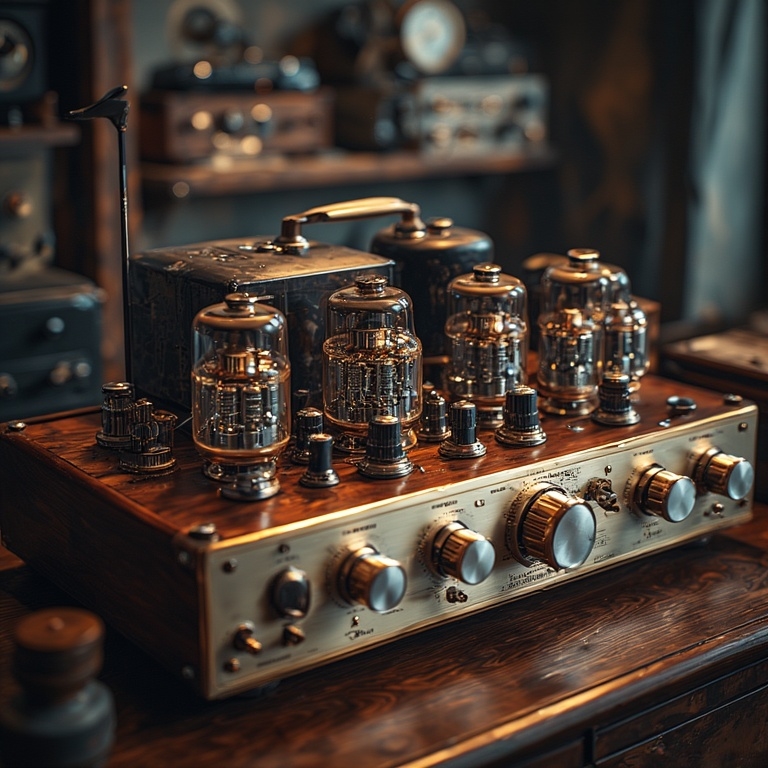


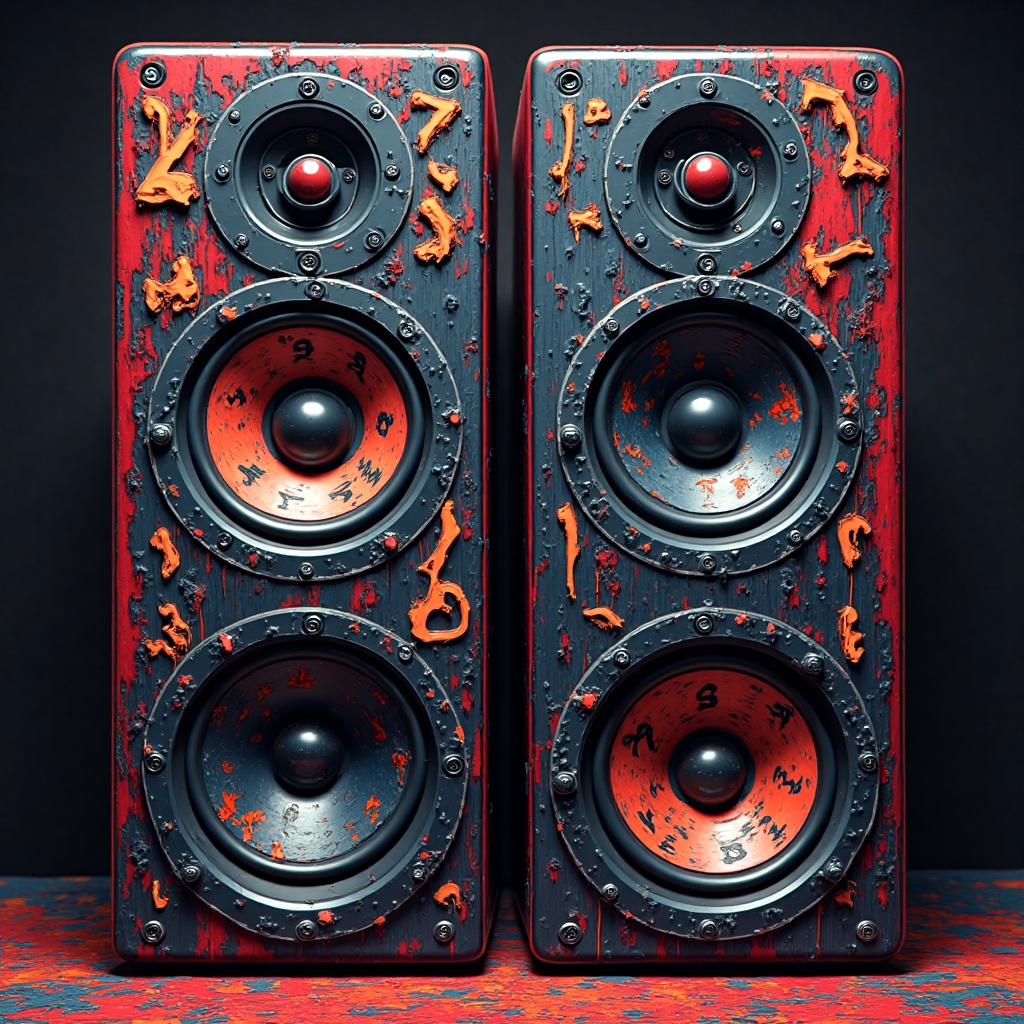


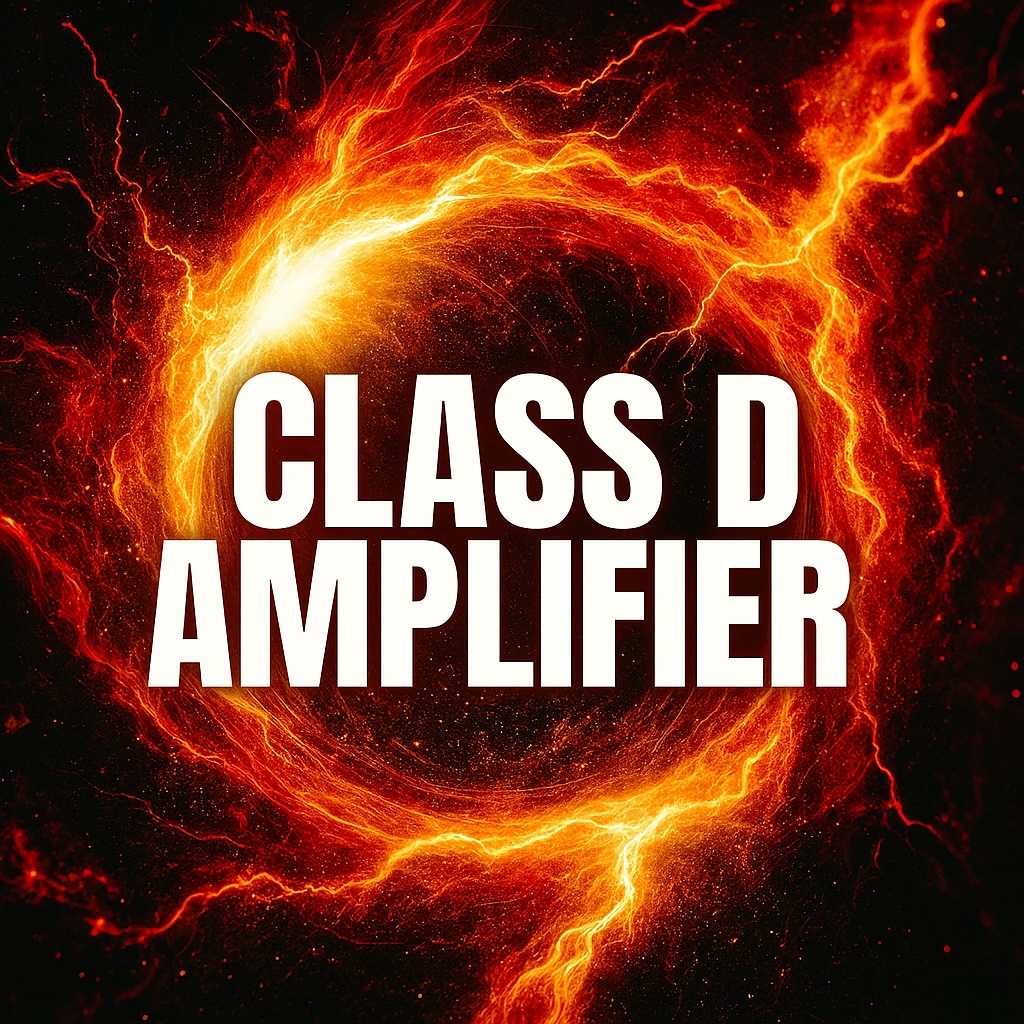



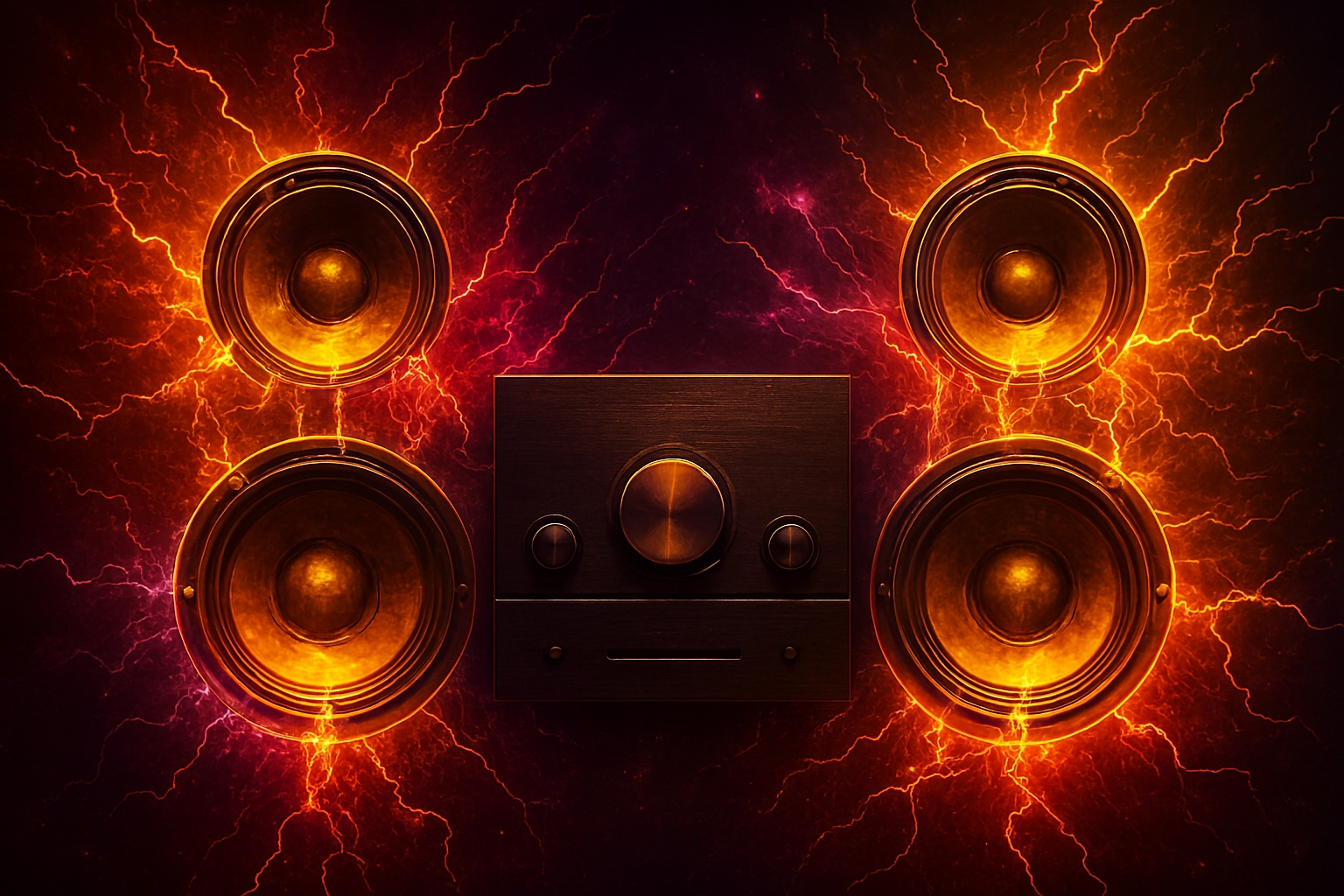




Leave a Reply